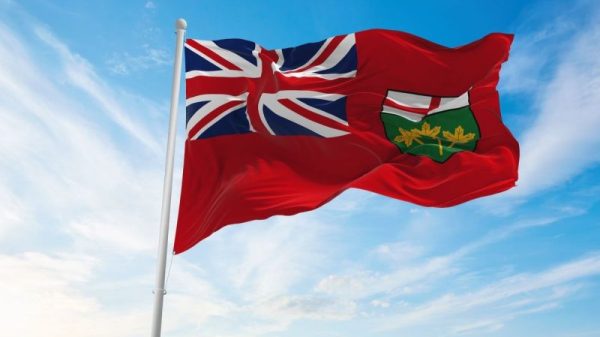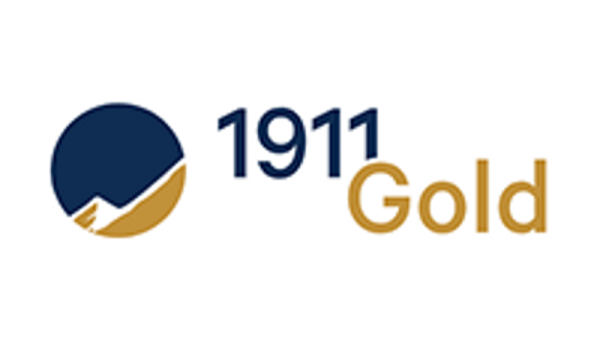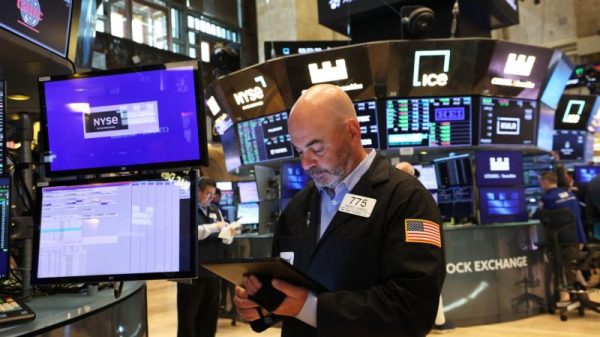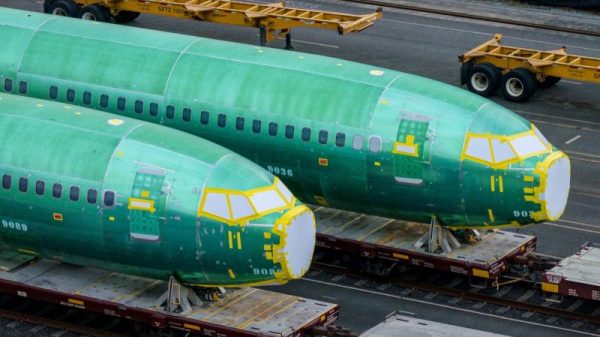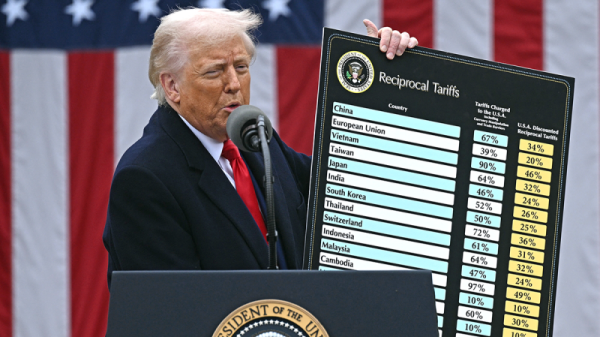Out of the post-pandemic travel chaos, a hero has emerged.
Unassuming and undercover, this hero has spent much of the past year traveling the globe, stepping in when airlines mess up to save people’s precious vacations.
Its name? Well, it goes by a few. To you, it may be Tile, Chipolo, Pebblebee or – its best-known incarnation – AirTag. That’s right: compact, portable and potentially snatching your perfect vacation from the jaws of lost luggage disaster, the travel accessory of the moment is the humble luggage tracker.
We’ve seen it month after month, after airlines and airports laying off staff led to travel chaos throughout 2022. Not enough baggage handlers and exploding numbers of travelers meant bags not being loaded onto planes, bags not being taken fast enough off planes, unattended bags piling up by the thousands in airports – and many of them lost.
The bag mishandling rate was up 74.7% in 2022 compared to the previous year, according to data from SITA, which offers various IT solutions (including baggage tracking) for the aviation industry. Out of every 1,000 bags to take to the skies, 7.6 were lost last year, compared to 4.35 per 1,000 in 2021 and 5.6 per 1,000 in 2019.
Bags for international flights are eight times as likely to be mishandled than those on domestic flights, due to the likelihood of them being transferred (connections account for nearly half the incidents). However, you don’t have to have a complex itinerary for the airline to lose your bag – a whopping 17% of mishandled bags in 2022 were simply never loaded onto the plane in the first place.
“The sudden surge in travel has led to increased disruptions that are compounded by a shortage of skilled staff,” Thomas Romig, vice president for safety, security and operations of the Airports Council International (ACI) wrote in a report this year for SITA.
And 2023 could be even worse, according to Rory Boland, editor of UK-based consumer magazine Which? Travel.
“There remain significant problems with lost luggage this year, and this is likely to be worse still in the peak travel period this summer. That’s not just the odd bag going missing, but planes taking off with no luggage because staff shortages meant it wasn’t possible to load them in time,” he warns.
If losing a bag doesn’t sound like the worst thing that could happen on vacation, that probably means you haven’t ever lost one. “If you’ve lost a bag once you’re probably scarred for life,” says tech writer Kate Bevan, to whom it’s happened twice.
If you’re lucky, you’ll get a call or an email saying your missing bag has been located. If you’re not, you’ll be waiting indefinitely, always wondering what happened to that piece of luggage.
But if you put a tracking device inside it, as more and more people are finding, you can tell the airline where it is.
And while knowing where it is doesn’t guarantee you’ll get it back, you have more of a fighting chance.
“For me, tracking devices are essential because they help you help the airline find your luggage faster, but also offer peace of mind that you will get your belongings back at some stage,” says Boland.
A PowerPoint presentation to recover his bag
Jai Rawat was traveling home from London Heathrow to San Francisco in January when his bag went missing. Two days later, his airline, Virgin Atlantic, emailed to say that the bag had been located and would be returned to him “soon.”
Yet nine days after his flight, his AirTag was still showing at Heathrow.
Rawat – CEO of Zinrelo, which powers loyalty programs for brands – sent screenshots of its location to no avail. Virgin said that staff were “trying to locate the bag” – despite him showing them exactly where it was.
In desperation, after 34 days, he created a PowerPoint presentation, entitled “Helpful hints to find my suitcase.”
The six-page document gave a detailed description of the bag, and included maps, satellite photos, Google Streetview screenshots and an annotated map of Heathrow Terminal 4, marking the exact building which he deduced the bag was in.
It was no rush job – Rawat says he “spent a few hours scouring the internet for airport maps,” overlaying his AirTag location map against them. He was, he says, “desperate,” as the bag contained a precious item belonging to his daughter.
The result? Three days later, the bag arrived at his home in California. It had been opened, and “several things” were missing – but he was refunded for them 10 days after making a claim.
This was the first time he’d used a tracking device, and Rawat says he was surprised how long Virgin Atlantic took to find the bag.
“I thought that since the exact location was visible via AirTag, the airline should be able to find it easily. It was really frustrating that they were having a hard time finding the bag even after I gave them all the information – it felt that they were just not putting in enough effort,” he says. Possibly because he was one of many: “At one point the agent I was emailing with told me that the building had thousands of lost bags,” he said.
‘Airlines do too little’
“In years past, that luxury was largely unavailable as travelers had to wait for the airline to let them know where their bag was – and that could often be hard for airline representatives to actually track down,” she says.
“While AirTags aren’t perfect (they rely on Apple’s ‘Find My’ network, so they’re not as reliable in scarcely populated areas), they’ve given travelers the power of knowing exactly where their bag is in many cases before airline representatives can do the same.”
Boland says travelers are taking matters into their own hands for one reason: “Too many airlines do far too little to track bags down in a timely manner.
“Anyone who has had an airline lose their bags will know that you are often fobbed off with no answer as to where your luggage is and when you might be reunited with it.
“Passengers pay increasingly large amounts of money to many airlines to transport luggage, so it is completely unacceptable that it’s down to the passenger to tell the airline where it lost the bag.”
‘The police never called me’
Elliot Sharod was one of the first to go viral for tracking his lost luggage through its AirTag.
In April 2022, he and his wife were returning from their wedding in South Africa when one of their bags – containing mementos from the ceremony – was lost.
Thanks to his AirTag, Sharod could see where it was. But Aer Lingus – which had lost the bag – wasn’t replying.
In desperation, Sharod made a PowerPoint presentation and tweeted it at the airline. It swiftly went viral.
Not that Aer Lingus got the case back for the unhappy couple. Eventually, the pair traced it to a shed outside a block of residential apartments in London, and called the police, who broke in and recovered it.
More than a year on, Sharod’s unimpressed by how it all panned out.
The bag was “ripped to shreds – everything that could have identified us was destroyed,” he says. Their order of service and table settings from the wedding were gone, as were his wife’s perfume, hair straighteners and “anything they could sell.” Only clothes were left.
So what happened next? Not a lot, as it happened. “The police said they’d call me in for a statement but that never happened. They didn’t take it further and neither did the airline,” he says.
Sharod says he sent a 12-page document to Aer Lingus outlining the saga, and was asked “what was it we were looking for?”
“I just said frankly we’re six weeks on, I’d just like an apology and I’d like everything that was stolen to be replaced.”
The airline paid them around $1,000 compensation and threw in lounge access on a forthcoming flight, but refused to share more details, calling it an internal matter.
Sharod now goes carry-on only wherever possible, even on two-week trips.
Google enters the game
AirTags may be in the news, but they’re not the only trackers available. However, until now, alternatives such as Tile or Chipolo haven’t been perhaps as useful – because of how they work.
Lose your bag with an AirTag in it, and the tracker uses Apple’s global network to locate itself – meaning that any iPhone user passing by will passively locate it. Other brands, however, rely on other users of their same network – so if your missing bag has a Tile in it, the only way it’ll ping is if another Tile user, or a user of family safety service app Life360, is nearby. The closest so far has been the Samsung Galaxy smart tag, which works with Samsung phones – which account for over one in five.
But in May, Google announced that later this year, its Find My Device “ecosystem” would be upgraded to work with trackers including Tile, Chipolo and Pebblebee – making it the largest network in the world. It’ll also alert you if an unknown tracker starts moving with you. (Some tracking devices have been used in stalking cases; Apple and Google are working together on an industry-wide effort to help limit the risk of Bluetooth devices being used for unwanted tracking.)
Bevan says that Google opening up its network is a game-changer. “In the rest of the world [outside the US], Android has much higher penetration [than Apple],” she says. “Google doing this is a big deal.”
The company is also rumored to be working on its own tracker device, codenamed Grogu.
Safety first
Are tracking devices safe? That’s a question the aviation industry appears to have been battling.
The FAA isn’t concerned, however. Its rules say that metal batteries containing less than 0.3 grams (0.01 ounces) of lithium, are OK in checked luggage. Trackers have less – AirTags, for example, contain just over 0.1 grams and Tiles contain less than 0.1 grams on average, according to a spokesperson.
Airlines going DIY
Tracking your bags yourself can never hurt, but some airlines are offering similar services.
SITA offers a Bag Journey service to airlines, which tracks luggage at four stages of the process, and offers airlines the chance to share the real-time data with passengers. Just 25% of airlines have taken them up on this so far, but SITA says that 67% of airlines plan to allow passenger access by 2025.
The company has also developed a system that automatically identifies bags unlikely to make their connecting flight, and rebooks them on the next one, keeping the existing bag tag, while keeping the passenger informed. Again, though, it’s up to the airlines to buy into it.
“SITA is committed to working with the industry to ensure passengers are once again confident to check in their baggage,” CEO David Lavorel wrote in the company’s 2023 “Baggage IT Insights” report.
Meanwhile Delta passengers who use the airline’s app have received push notifications about their bags’ progress since 2016. The airline uses RFID technology in its bag tags.
Taking back control
For Sharod, personal tracking devices have “given the power back to passengers.”
“It’s changed how airlines have to interact with passengers,” he says. “They can’t hide behind generic responses on Twitter. They can’t keep pieing people off because we know where our bags are.”
He hopes that “AirTag awareness… has pushed airlines to look at their internal processes – and if they want to protect their reputations, hopefully that will benefit passengers. Ultimately, it should lead to it being better.”
For Bevan, the devices haven’t yet changed the way we travel, but says they “take one of the stresses out of traveling.”
So how to give yourself the best chance of getting your luggage back?
All our case studies, of course, advise buying a tracking device. And, perhaps, disguising it. Sharod’s wife hid the couple’s tags in balled-up clothing. “If you just chuck it in, you run the risk of [a potential thief] finding it,” he says. Luggage brand Samsara makes cases with hidden, and relatively indestructible slots for tracking devices – but so far they’re only carry-on size. The brand is working on larger versions.
Rawat advises photographing the bag at check-in, making an inventory of what’s in it, and writing your contact details on a piece of paper to put inside – as well as on a nametag outside.
And don’t forget that the majority of people do get their bags back. Last year, four out of five bags that didn’t arrive on time were merely delayed, rather than lost entirely, according to SITA’s data. Just 7% were lost or stolen – the rest were damaged or had items stolen from them.
Meanwhile, Boland – who never travels these days without a tracker – has a novel proposition to change the industry: “Airlines should refund passengers fees when they lose bags, as this would work as an incentive for them to reduce the number of misplaced pieces of luggage.”

